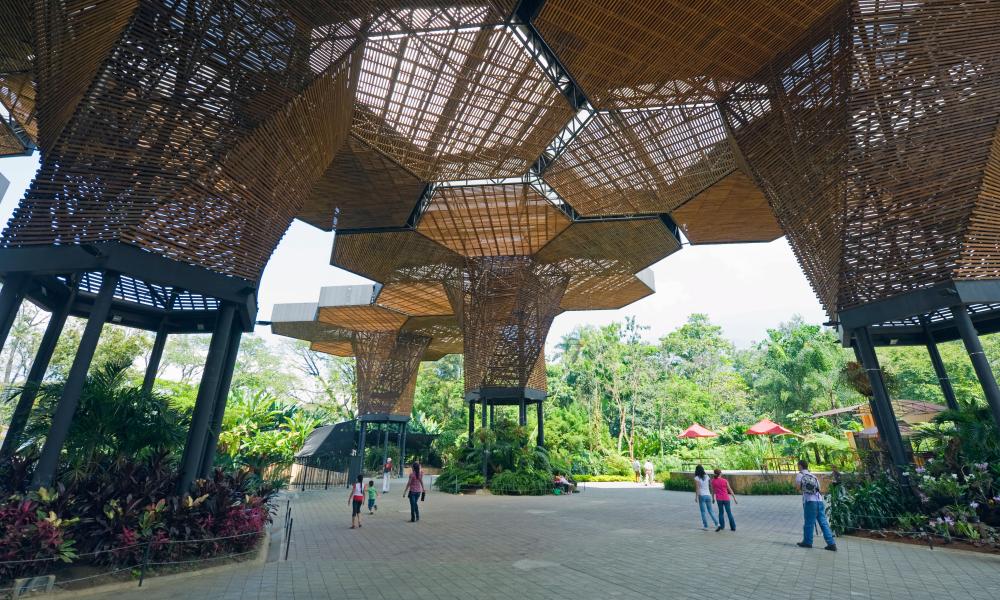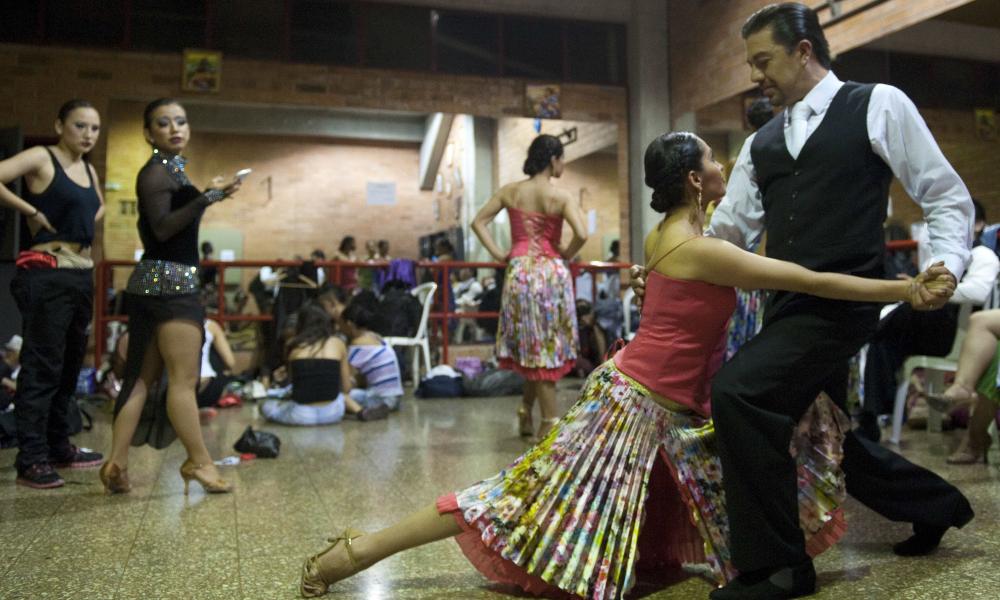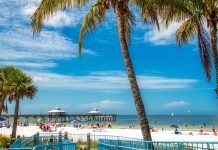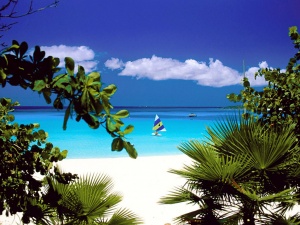This post may contain affiliate links. We may earn money or products from the highlighted keywords or companies or banners mentioned in this post.
March 11, 2016

View over Medellin, set within the folds of Andean mountains. Photograph: Alamy
Interview by Robert Hull, The Guardian, March 11, 2016
The “city of eternal spring” charmed me from the moment I arrived, with its beautiful surrounding mountains, the rich culture of literature, music and art, its astonishing orchids – and its seductive, temperate climate. My first visit was in 2002 and I went back again in 2009, to interview a former kidnapper and guerrilla fighter. I was really wondering if I could pull that off: my expectations of the city were low because it was synonymous with Pablo Escobar, drug cartels and the violence of the 80s and 90s. But it turned out to be very different to how I had imagined it and I immediately fell in love with it.
Make sure you stop off to enjoy the view on your way to town from the airport – it’s essential. As you’re coming down into the valley there are beautiful flowers and wildlife to take in and several viewing platforms to pull in at. I love the view from the rocky hill of Cerro Nutibara, a couple of miles outside the city. Grab an arepa, the Colombian equivalent of tortilla, served with great fillings, including meat, cheese and avocado. You can pick them up from street food stalls everywhere.

Film-maker Kate Horne in Colombia. Photograph: Andres Gomez
You’ll get a real feel for the city if someone at your hotel or hostel recommends you a taxi driver. Book one for the day (negotiate a rate, it won’t be expensive) and they’ll speak great Spanglish! The people are friendly and proud to welcome visitors – partly as a response to Medellín’s violent past and negative image.
I see Medellín as a renaissance city. It’s turned itself around over the past decade thanks to a series of forward-thinking mayors who have helped make it less dangerous. It has embraced technology and city planning, and was named the world’s most innovative city in 2013. In integrating the public transport system, it’s now possible to get to parts of the city that were once hard to reach. The city’s less affluent people haven’t been isolated in the way they have been in, say, Rio de Janeiro.
Lose yourself amid the amazing orchid displays and exotic birds at the botanical gardensin the centre of the city. They cover about 40 acres, and have a special area for orchids, called the Orchidiarium. It’s also a place where people go to cycle, hike and canoe.

The 40-acre botanical gardens are a focal point for outdoor leisure in the city. Photograph: Alamy
The bulbous bronze sculptures in Plaza Botero always make me smile. There are 23 of them dotted around in front of the Museo de Antioquia in Medellín’s Old Quarter; they were donated to the museum by the Colombian artist Fernando Botero. If, like me, you love his work you can see more at Berrío Park and Parque San Antonio – where you’ll find the Pájaro de Paz (Bird of Peace). This sculpture is identical to an earlier one that was destroyed in a bomb attack in 1995.
Medellín has a connection with tango that nowhere else in Colombia has. The French-Argentine tango singer and composer Carlos Gardel died in a plane crash here in 1935 and that’s why there is this love for the genre. Salsa is king in Colombia but here it is slightly different. Visitors who want to catch a great tango performance should go to Salón Málaga in the Guayabal district.
It’s all about salsa for me, though, and El Tibiri is one of my favourite places to hear it. It’s a small, basement bar in the Estadio neighbourhood where visitors can expect to be grabbed by a local for a dance and, important this, you must drink aguardiente, an anise-flavoured liqueur. Other than coffee this is the drink that fuels the nation. It looks like vodka but tastes better. Aguardiente means firewater; it’s potent, but great.

Tango dancers in Medellín for the World Tango Championships, 2014. Photograph: AFP/Getty Images
Hearing there had never been a film about Gabriel García Márquez triggered a lightbulb moment for me. I fell in love with Colombia through his books. As a journalist, writer, artist and political man, he was party to many pivotal moments in the 20th century: from the overthrow of Batista in Cuba to the fall of communism, he covered it all.
Medellín is a city of magical realism. There’s this feeling of spontaneity – you never know where the day is going to take you.
• Kate Horne is writer-producer of Gabo: the Creation of Gabriel García Márquez, which is available on iTunes
This article was amended on 11 March 2016. It was originally published with a lead picture of Barcelona instead of Medellín. This has now been corrected.
This article originally appeared on guardian.co.uk
This article was written by Interview by Robert Hull from The Guardian and was legally licensed through the NewsCred publisher network.
![]()
What do you think of this $type?










